Home>Furniture & Design>Bathroom Accessories>Why Is There Ants In My Toilet Bowl
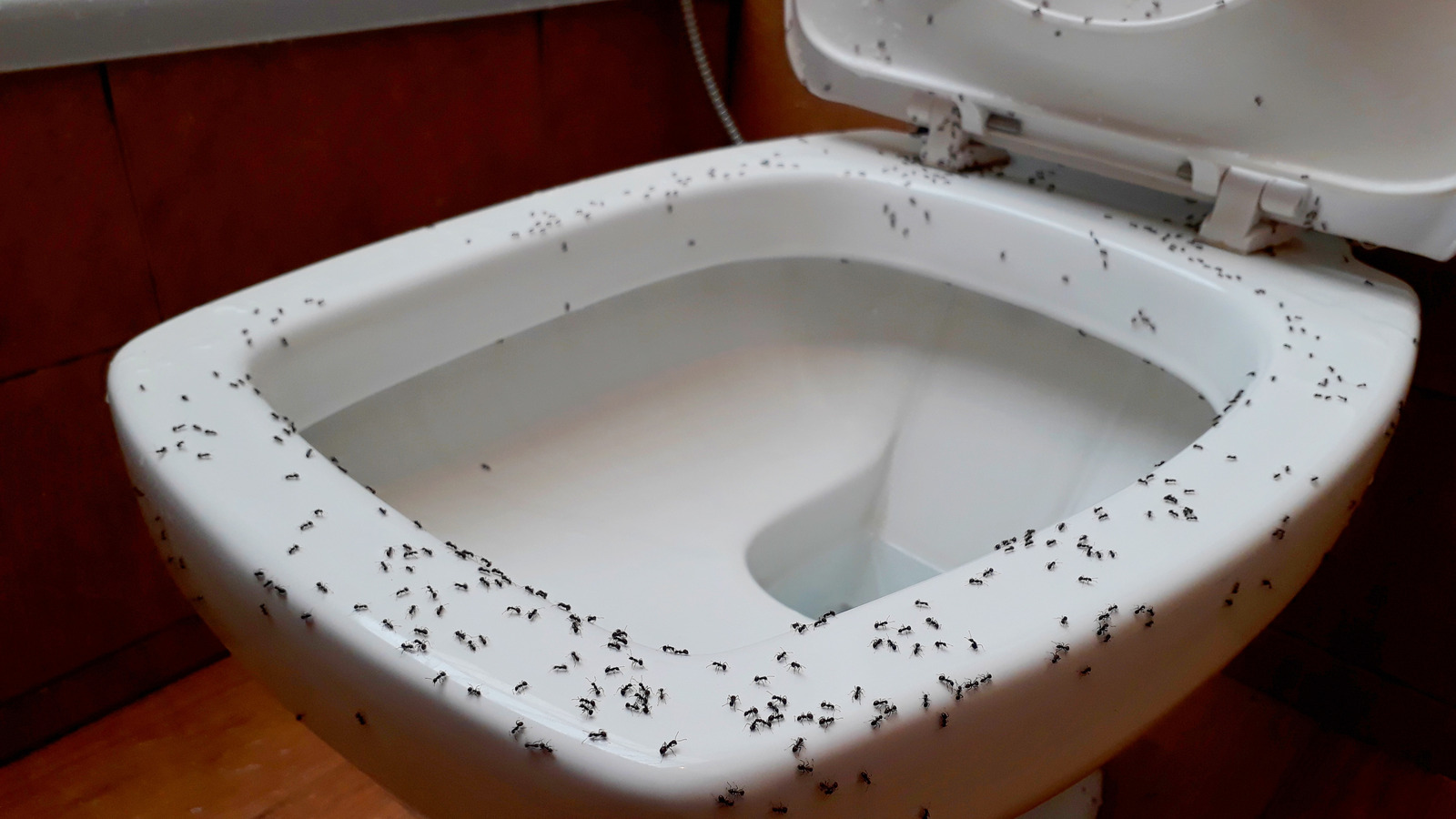

Bathroom Accessories
Why Is There Ants In My Toilet Bowl
Published: February 14, 2024
Discover the reasons for ants in your toilet bowl and how to prevent them with the right bathroom accessories. Keep your bathroom pest-free!
(Many of the links in this article redirect to a specific reviewed product. Your purchase of these products through affiliate links helps to generate commission for Storables.com, at no extra cost. Learn more)
Introduction
Discovering ants in your toilet bowl can be a surprising and perplexing experience. It's not uncommon to wonder how these tiny creatures found their way into such an unexpected location. While it may seem like a random occurrence, there are specific reasons why ants might venture into your toilet bowl. Understanding these reasons can help you address the issue effectively and prevent future occurrences.
Ants are naturally drawn to sources of water, and your toilet bowl provides a consistent and accessible water supply. Additionally, the porcelain surface of the bowl can offer a stable platform for the ants to gather and access the water. This combination of water availability and a suitable surface makes the toilet bowl an attractive destination for ants seeking hydration.
In this article, we will delve into the various factors that can lead to ants appearing in your toilet bowl. By exploring these reasons, you will gain valuable insights into the behavior of ants and the conditions that attract them to this particular area of your bathroom. Furthermore, we will discuss effective methods for preventing and controlling ant infestations in your toilet bowl, allowing you to maintain a hygienic and pest-free bathroom environment.
Understanding the presence of ants in your toilet bowl is the first step toward addressing this issue. By gaining knowledge about the underlying causes, you can take proactive measures to eliminate the problem and create an inhospitable environment for ants. Let's explore the reasons behind this phenomenon and equip ourselves with the necessary strategies to keep our toilet bowls free from unwanted ant visitors.
Key Takeaways:
- Don’t be surprised if you find ants in your toilet bowl – they’re just looking for water and a stable surface. Keep your toilet clean and use natural repellents to keep them away!
- Ants in your toilet bowl? No problem! Regular cleaning, sealing cracks, and using natural repellents can help you keep your bathroom ant-free. If all else fails, call in the professionals for help.
Read more: Why Is My Toilet Bowl Yellow
Reasons for Ants in Toilet Bowl
Ants are naturally drawn to sources of water, and your toilet bowl provides a consistent and accessible water supply. Additionally, the porcelain surface of the bowl can offer a stable platform for the ants to gather and access the water. This combination of water availability and a suitable surface makes the toilet bowl an attractive destination for ants seeking hydration.
-
Water Source: Ants are constantly in search of water, which is essential for their survival. The toilet bowl, with its reservoir of water, becomes an appealing oasis for these tiny creatures. The presence of water in the bowl serves as a magnet for ants, especially during periods of dry weather when natural water sources may be scarce.
-
Scent Trails: Ants communicate and navigate through the use of chemical scent trails. If a scout ant discovers a water source in your toilet bowl, it will leave behind a trail of pheromones to guide its fellow colony members to the location. This can lead to a steady stream of ants making their way into the bowl, following the scent trail laid out by the initial explorer.
-
Hydration and Nutrition: While water is the primary attraction, some species of ants may also be drawn to the residues of organic matter present in the toilet bowl. This can include microscopic food particles or mineral deposits, which provide additional sustenance for the ants. The combination of water and potential food sources makes the toilet bowl an enticing prospect for foraging ants.
-
Accessible Surface: The smooth and relatively flat surface of the toilet bowl provides a stable platform for ants to gather and access the water. Unlike other water sources that may be more challenging for ants to reach, the design of the toilet bowl offers a convenient and easily navigable surface for these persistent insects.
-
Environmental Factors: External environmental conditions, such as extreme heat or drought, can influence the behavior of ants and drive them to seek out alternative water sources. During such periods, ants may exhibit heightened activity in their quest for hydration, leading them to explore unconventional locations, including toilet bowls.
Understanding these reasons sheds light on the factors that attract ants to your toilet bowl. By recognizing the appeal of this environment to ants, you can implement targeted strategies to deter them from accessing the bowl and disrupting their access to water and potential food sources. This knowledge forms the foundation for effective prevention and control measures, which will be explored in the subsequent section.
Prevention and Control
Preventing and controlling ant infestations in your toilet bowl involves a multifaceted approach that addresses the underlying factors attracting the ants and implements measures to deter their presence. By taking proactive steps and implementing effective strategies, you can maintain a hygienic and ant-free bathroom environment.
1. Regular Cleaning and Maintenance
Consistent cleaning of the toilet bowl is essential for preventing ant infestations. Remove any organic residues and mineral deposits that may serve as potential food sources for the ants. Use a toilet bowl cleaner to eliminate any lingering odors or residues that could attract ants. Additionally, check for any leaks or drips around the toilet to ensure that excess moisture is not accumulating, as this can also attract ants.
2. Seal Cracks and Gaps
Inspect the area around your toilet for any cracks, gaps, or openings that could serve as entry points for ants. Seal these openings using caulk or appropriate sealants to prevent ants from gaining access to the interior of the bathroom. Pay particular attention to areas where plumbing fixtures meet the floor or walls, as these are common locations for gaps to develop.
Read more: Why Is My Toilet Bowl Bubbling
3. Natural Repellents
Consider using natural ant repellents to discourage ants from approaching the toilet bowl. Substances such as cinnamon, peppermint oil, or citrus peels can emit odors that deter ants. Placing these natural repellents near the toilet or in strategic locations around the bathroom can create an environment that is less appealing to ants.
4. Ant Baits and Traps
Strategically placing ant baits or traps near the toilet can help intercept ants before they reach the bowl. These baits contain attractants that lure ants and then eliminate them. Ensure that the baits are placed in areas inaccessible to children or pets, and regularly monitor and replace them as needed.
5. Address Outdoor Factors
Examine the exterior of your home for any factors that may be attracting ants indoors. This can include overhanging branches, cracks in the foundation, or outdoor sources of standing water. By addressing these outdoor factors, you can reduce the likelihood of ants entering your home and finding their way to the bathroom.
6. Professional Pest Control
If ant infestations persist despite your efforts, consider seeking the assistance of professional pest control services. Pest control experts can assess the situation, identify the ant species involved, and implement targeted strategies to eliminate the infestation and prevent future occurrences.
By implementing these prevention and control measures, you can effectively deter ants from accessing your toilet bowl and maintain a sanitary bathroom environment. Consistency and vigilance are key to preventing ant infestations, and by addressing the underlying factors that attract ants, you can create an environment that is unappealing to these persistent insects.
Read more: Why Is There No Water In My Toilet Bowl
Conclusion
In conclusion, the presence of ants in your toilet bowl can be attributed to their natural inclination towards water sources, coupled with the accessibility and potential food supply offered by the bowl's surface. Understanding the reasons behind this phenomenon empowers you to take proactive measures to prevent and control ant infestations in your bathroom. By addressing the underlying factors that attract ants and implementing targeted strategies, you can maintain a hygienic and ant-free environment in your bathroom.
Consistent cleaning and maintenance of the toilet bowl are essential for removing potential food sources and deterring ants from accessing the water reservoir. Regular inspection and sealing of cracks and gaps around the toilet prevent ants from finding entry points into the bathroom. The use of natural repellents, such as cinnamon or peppermint oil, can create an environment that is less appealing to ants, while strategically placed ant baits and traps intercept ants before they reach the toilet bowl.
Furthermore, addressing outdoor factors that may attract ants indoors, such as overhanging branches or outdoor sources of standing water, contributes to a comprehensive approach to ant prevention. In cases where infestations persist, seeking professional pest control services can provide targeted strategies for eliminating the infestation and preventing future occurrences.
By integrating these prevention and control measures into your bathroom maintenance routine, you can effectively deter ants from accessing your toilet bowl and ensure a clean and pest-free environment. The proactive approach to ant prevention not only safeguards the hygiene of your bathroom but also contributes to a comfortable and welcoming living space for you and your family.
In essence, the presence of ants in your toilet bowl serves as a reminder of the resourcefulness and adaptability of these tiny creatures. By gaining insights into their behavior and addressing the factors that attract them, you can create an environment that is inhospitable to ants while maintaining a clean and inviting bathroom space. With a combination of vigilance, maintenance, and strategic interventions, you can bid farewell to unwanted ant visitors in your toilet bowl and enjoy a pest-free bathroom experience.
Frequently Asked Questions about Why Is There Ants In My Toilet Bowl
Was this page helpful?
At Storables.com, we guarantee accurate and reliable information. Our content, validated by Expert Board Contributors, is crafted following stringent Editorial Policies. We're committed to providing you with well-researched, expert-backed insights for all your informational needs.
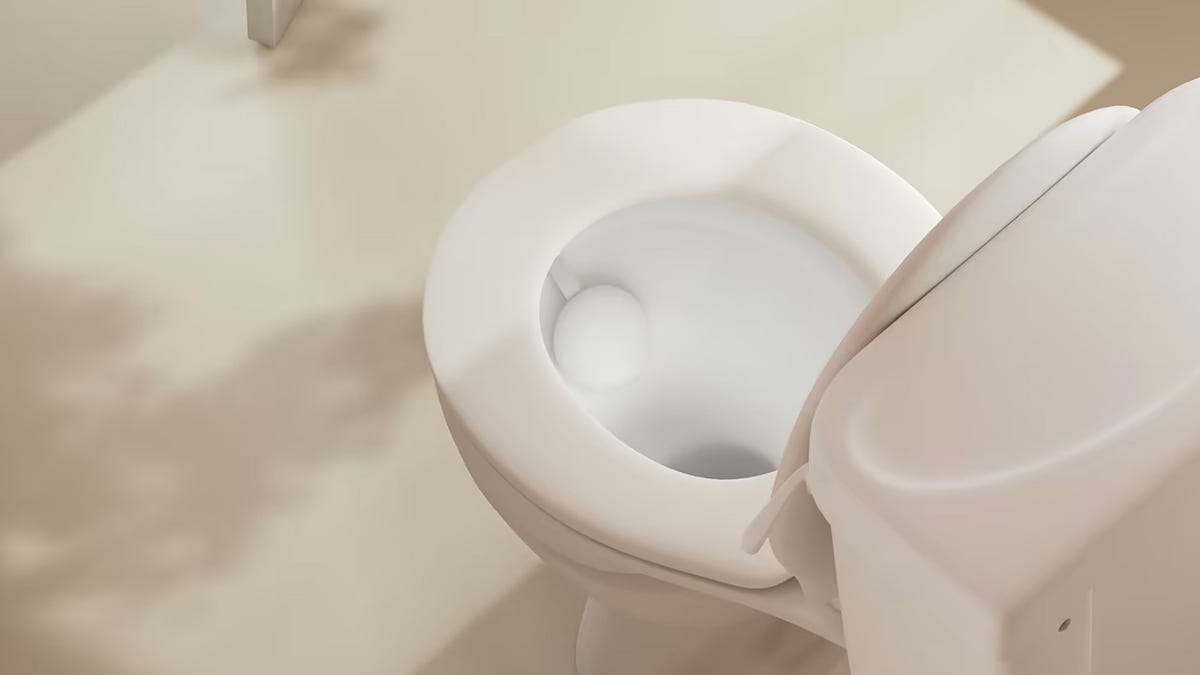
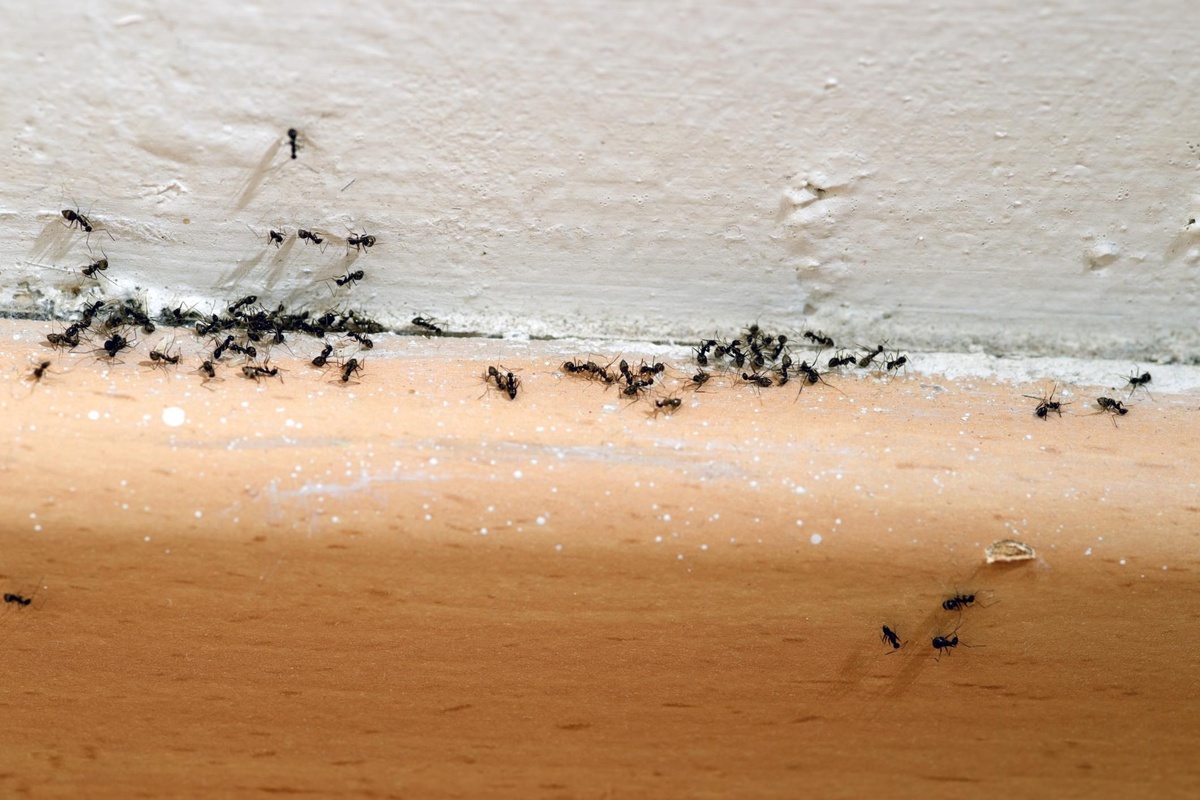
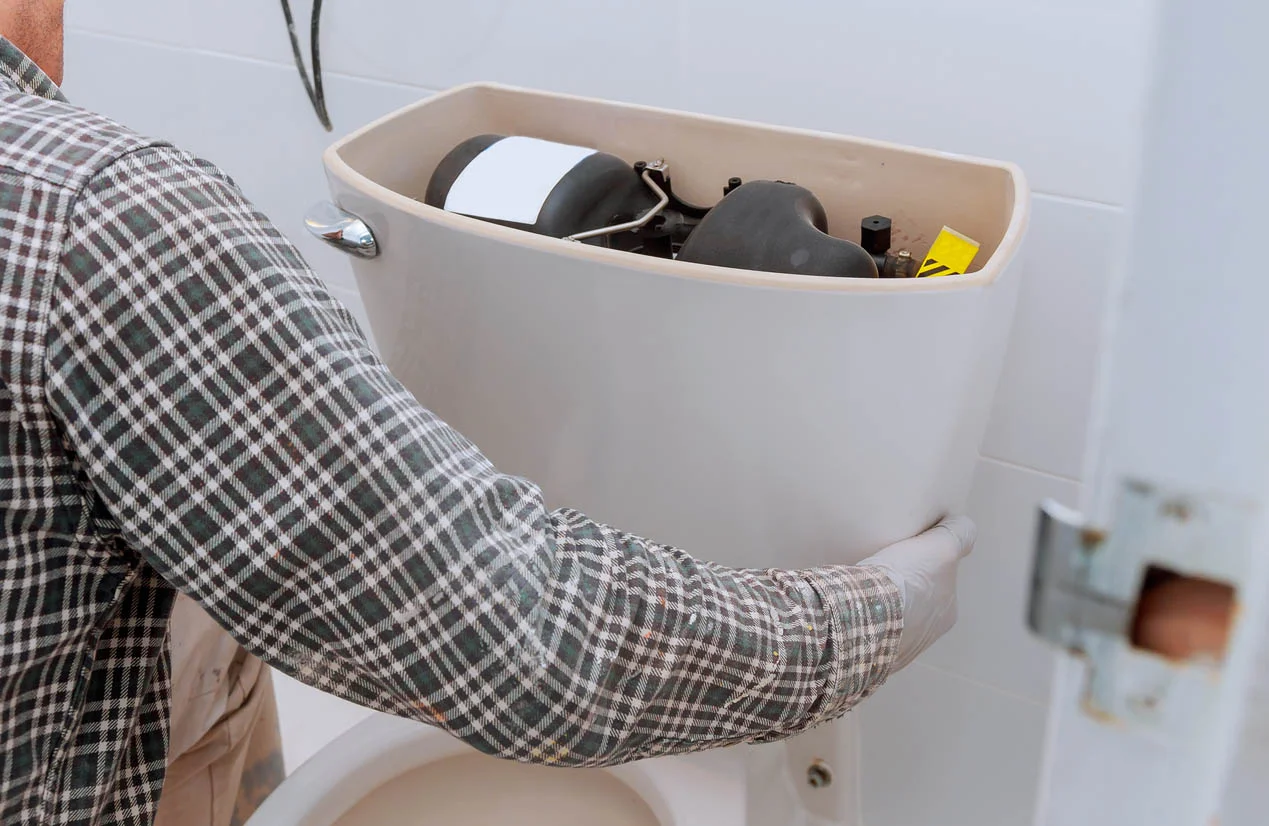
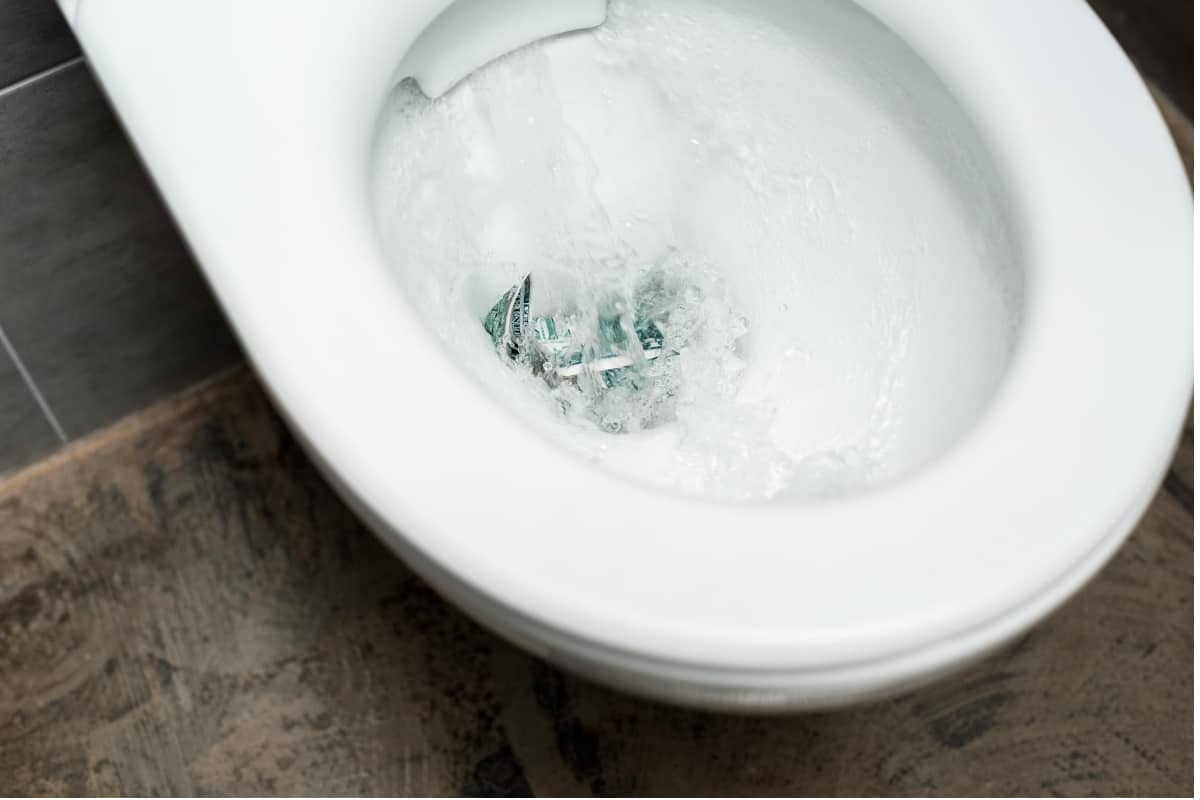
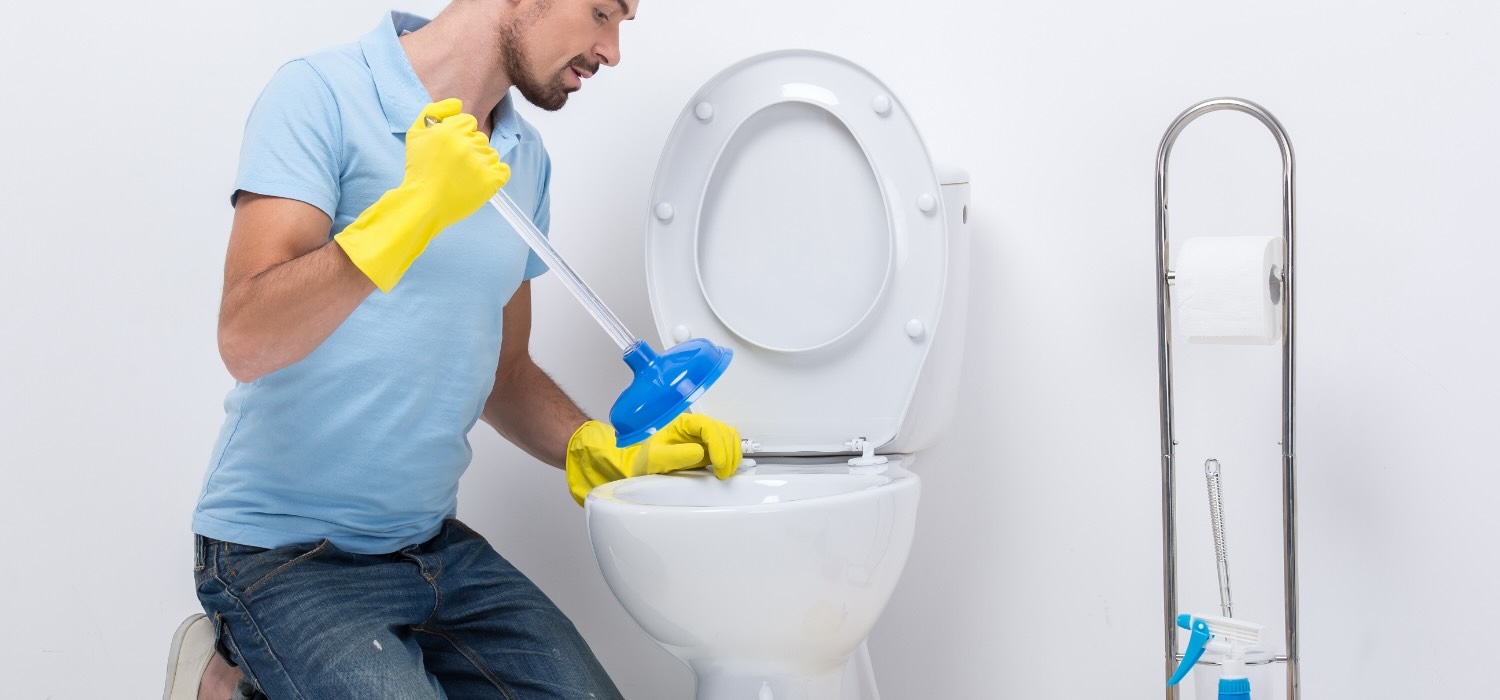
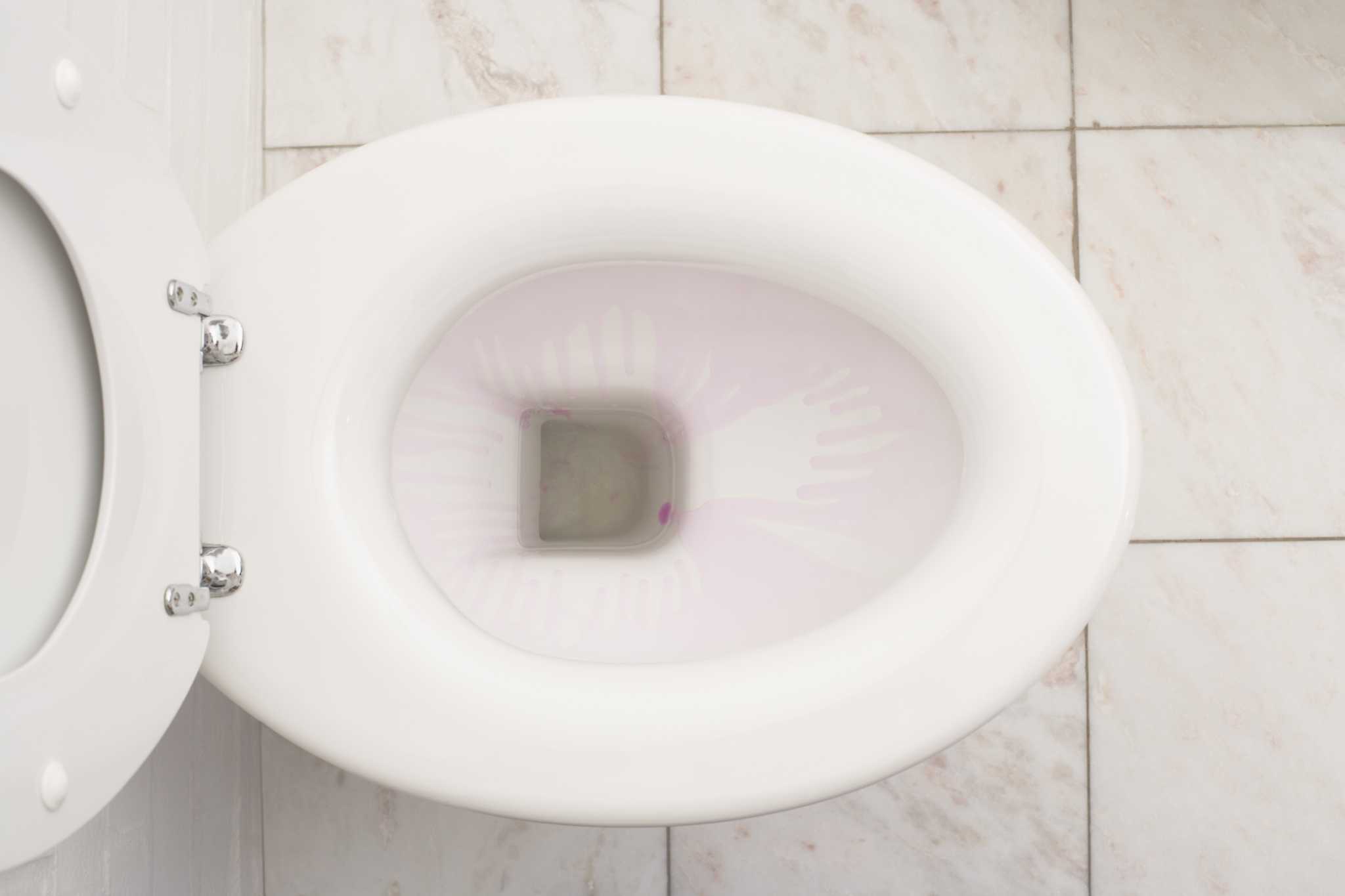
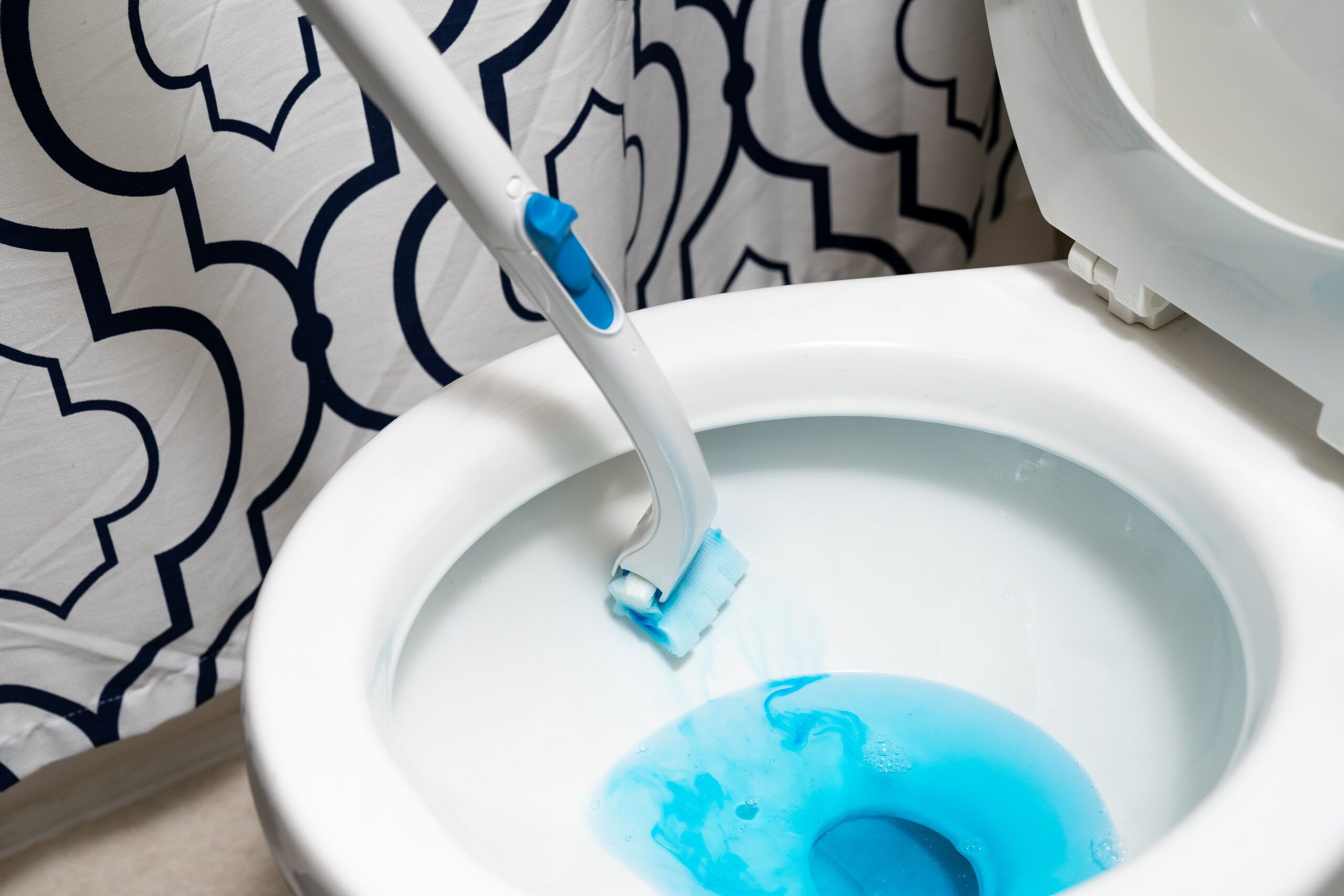
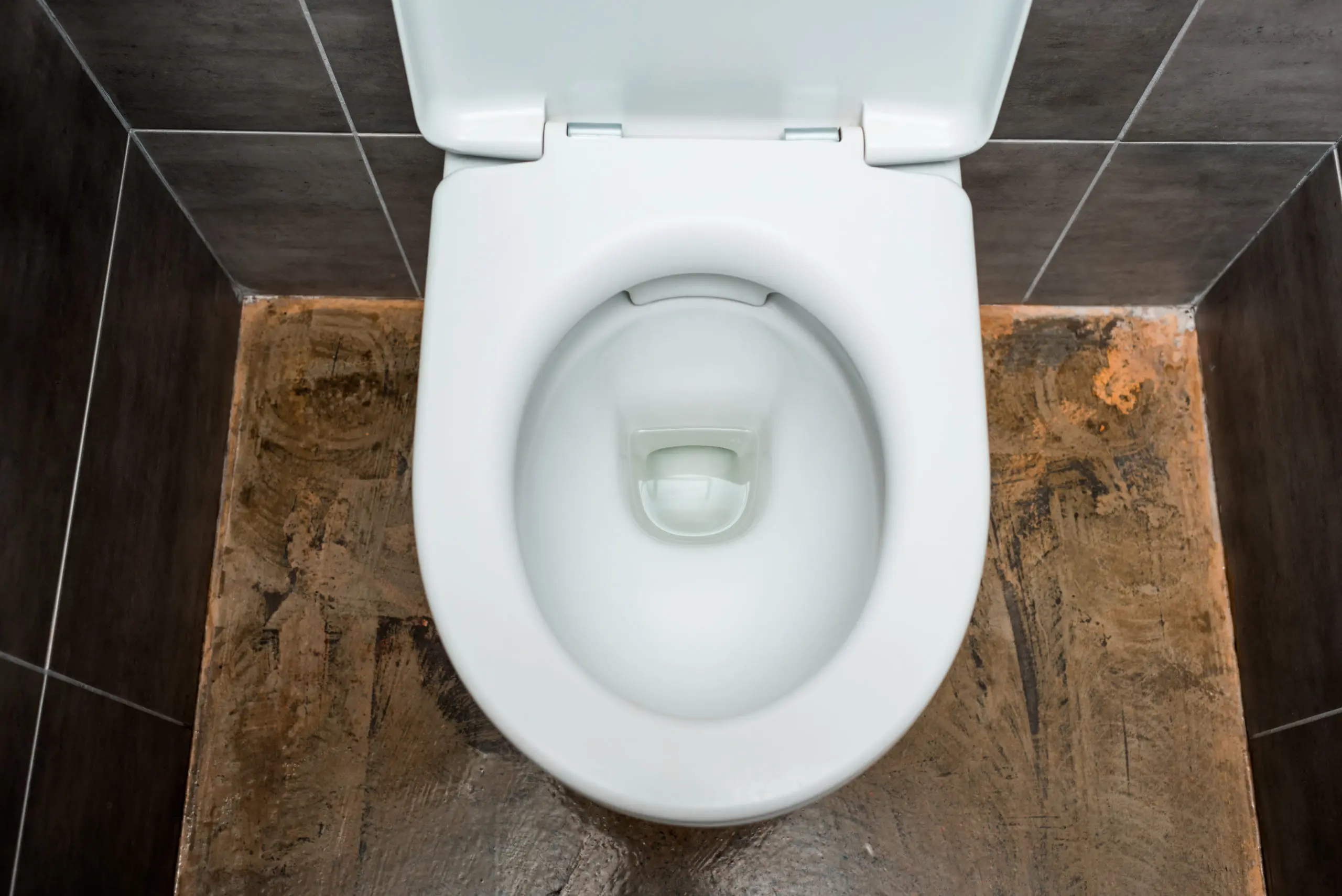
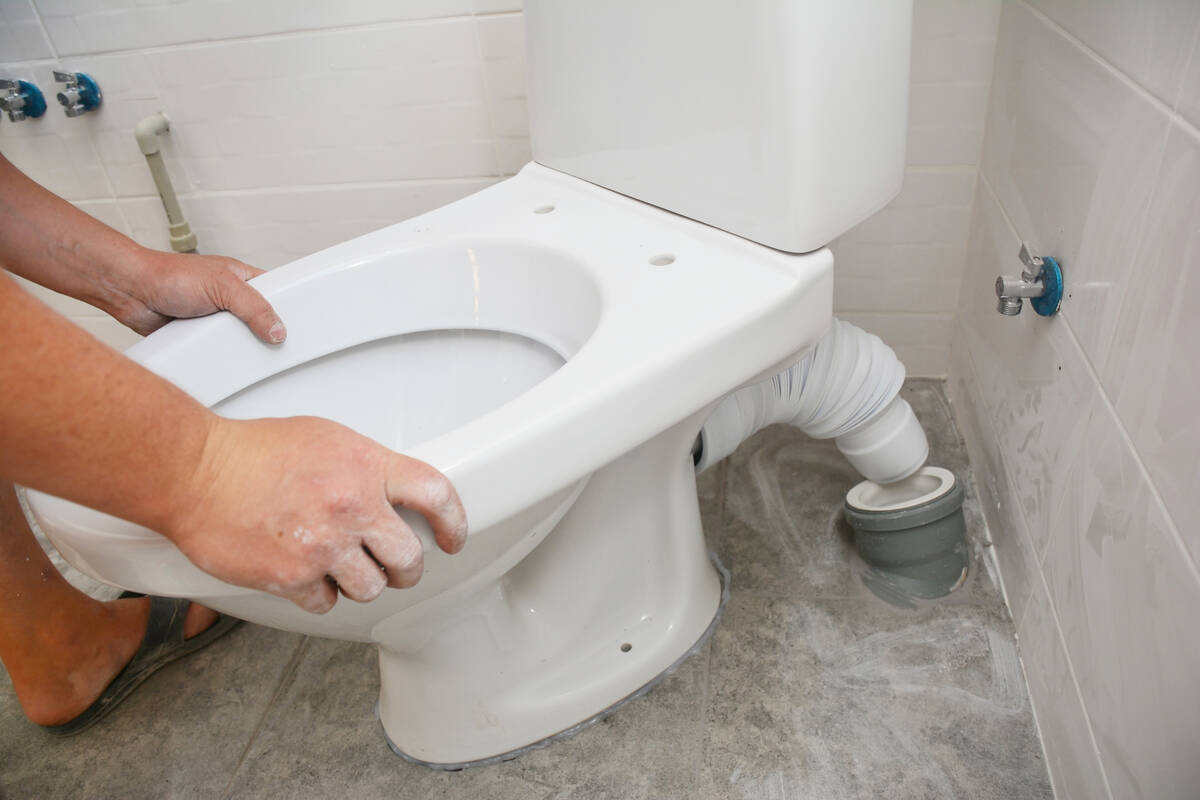
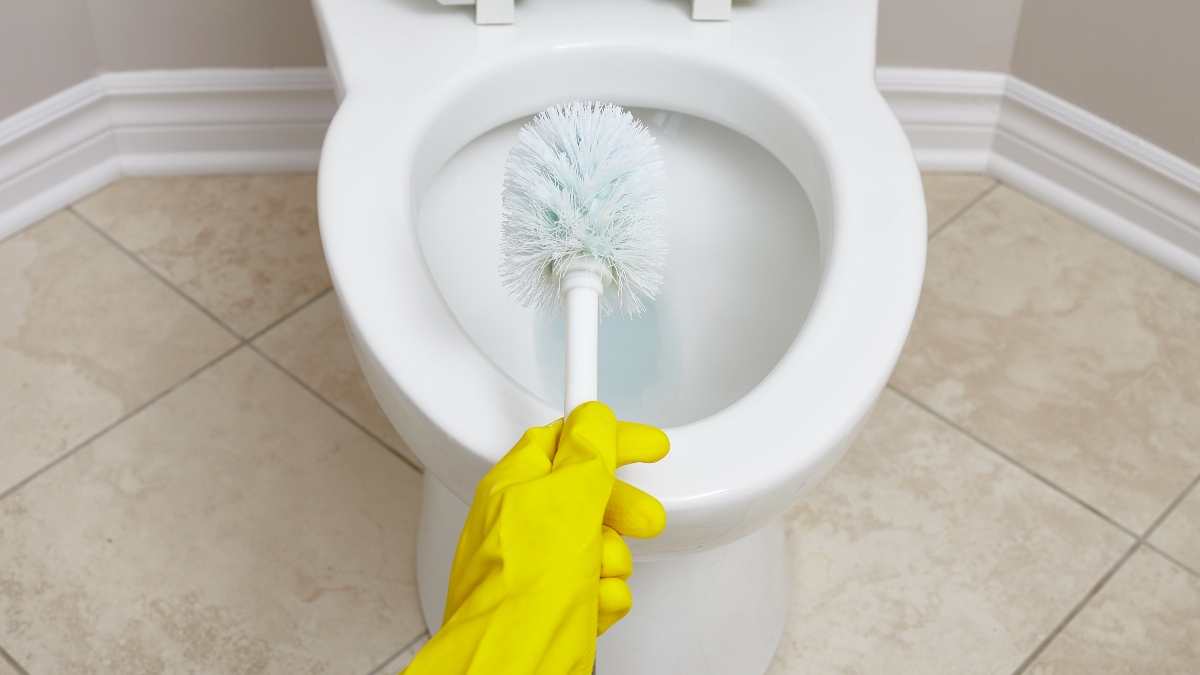
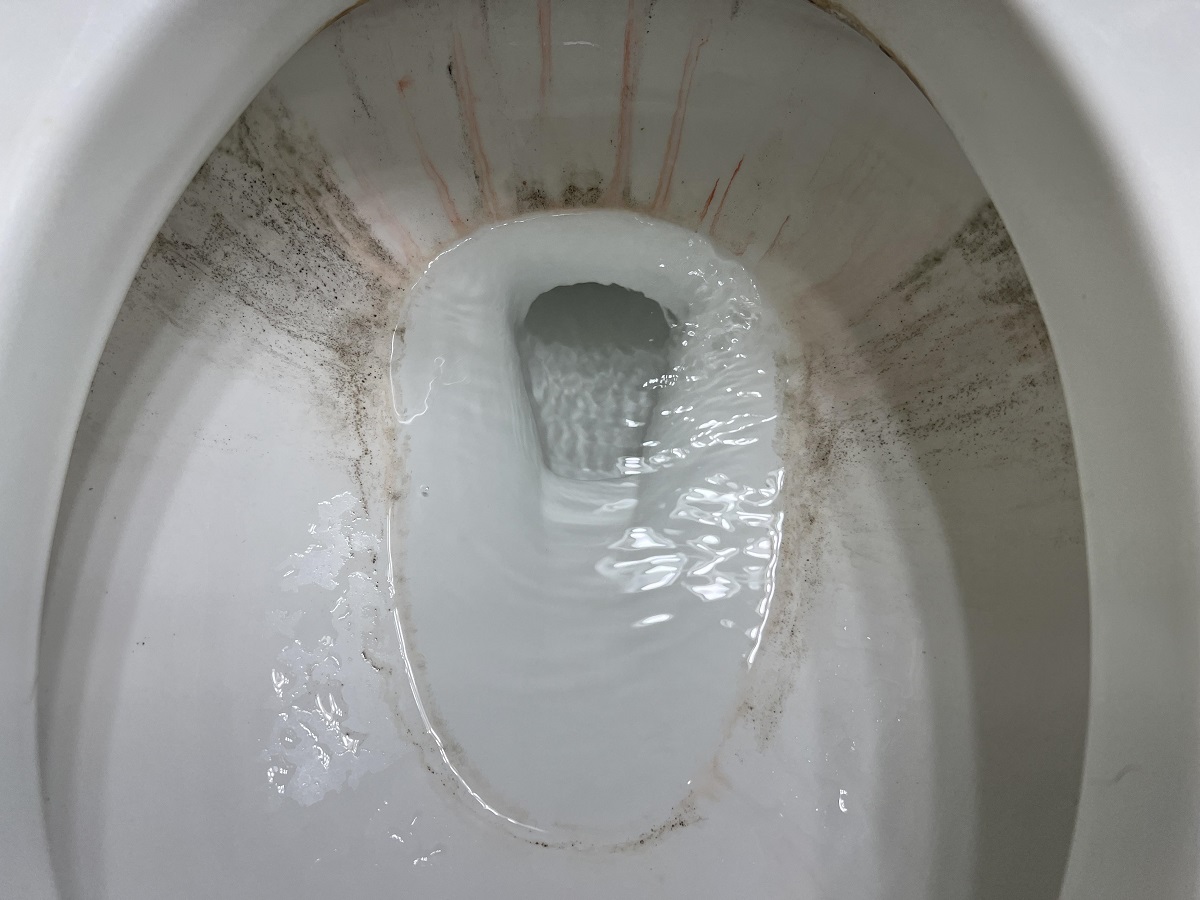
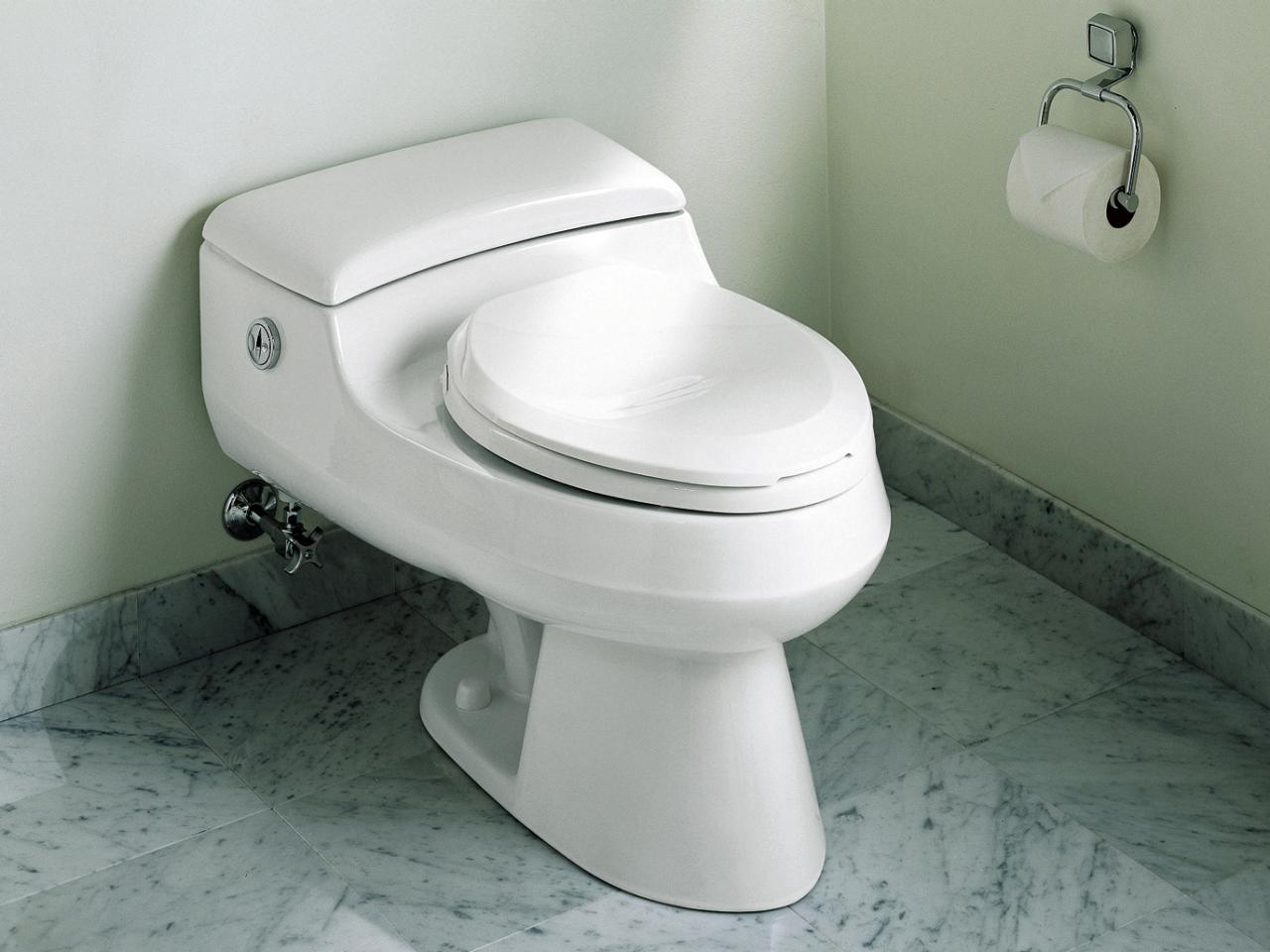
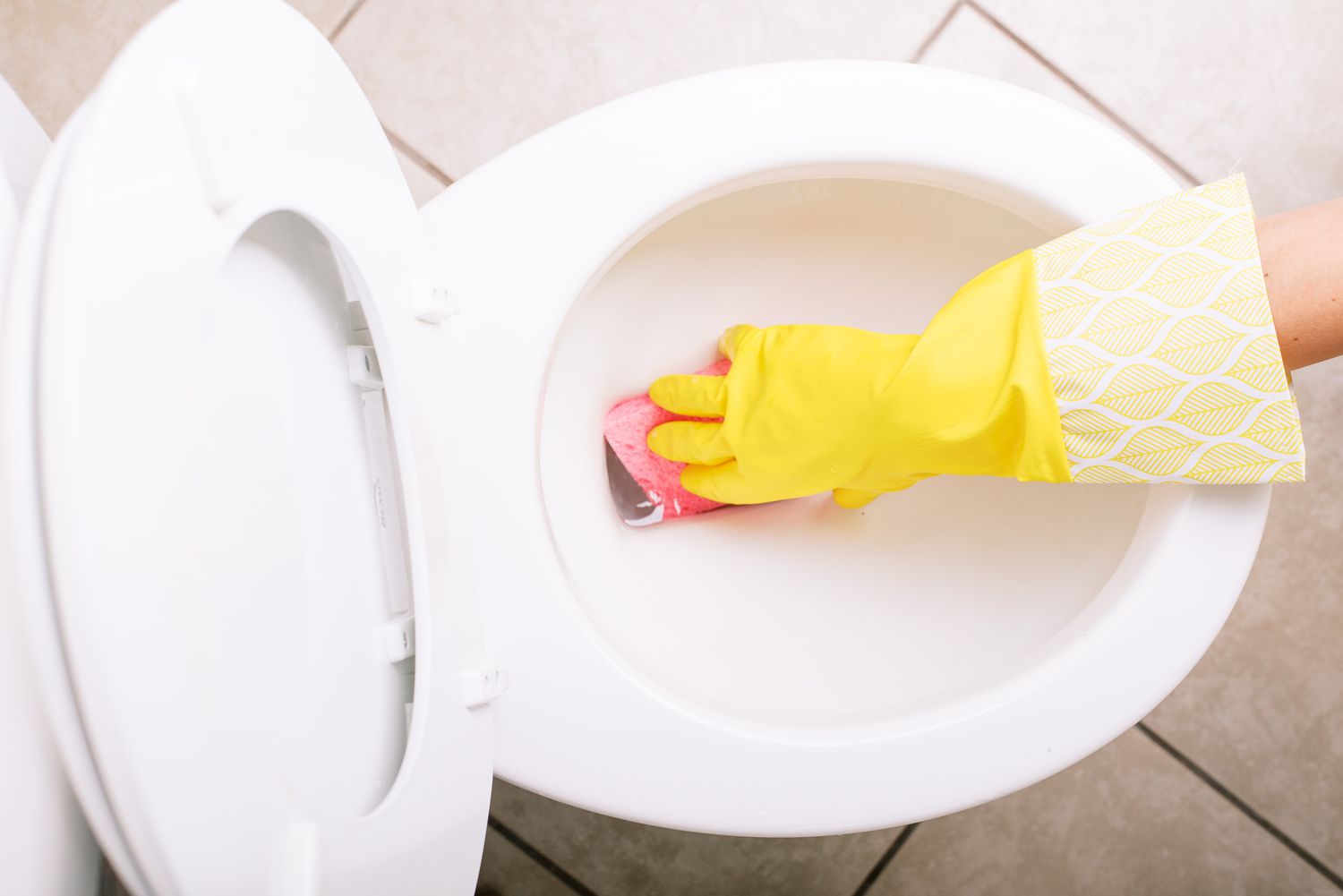

0 thoughts on “Why Is There Ants In My Toilet Bowl”